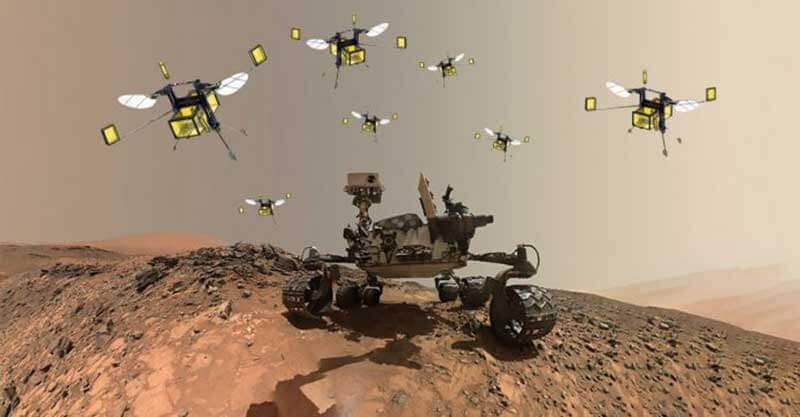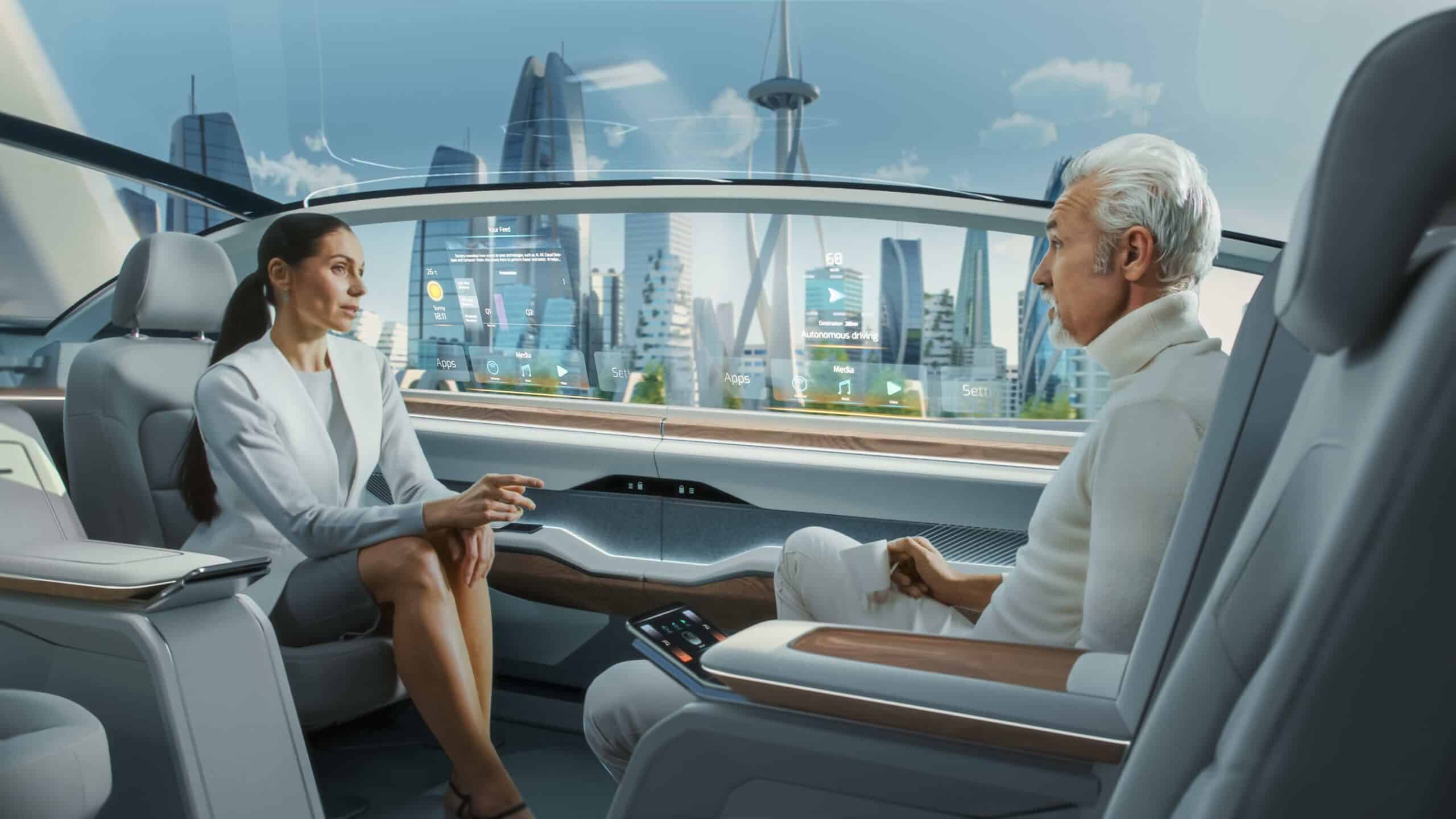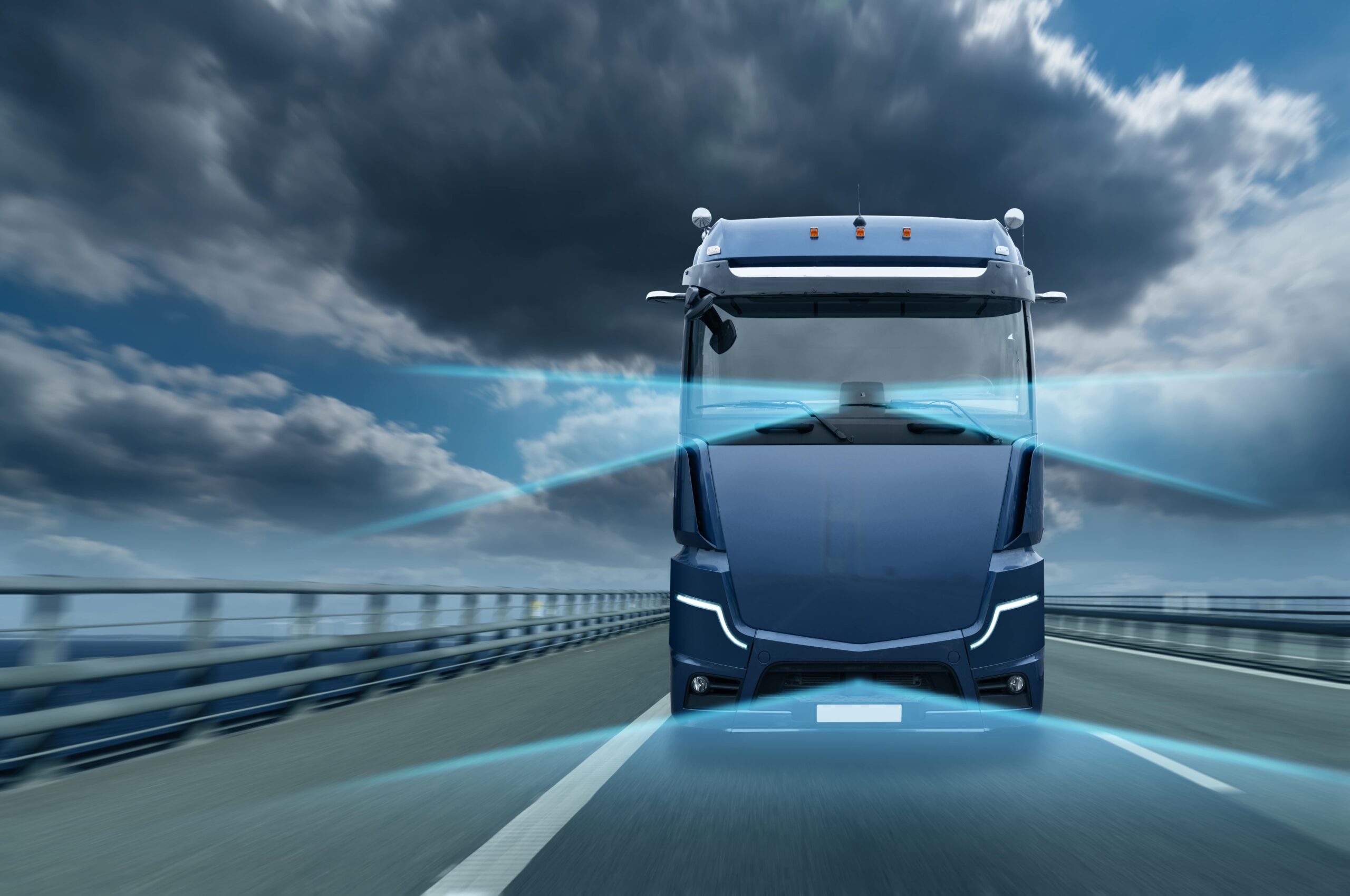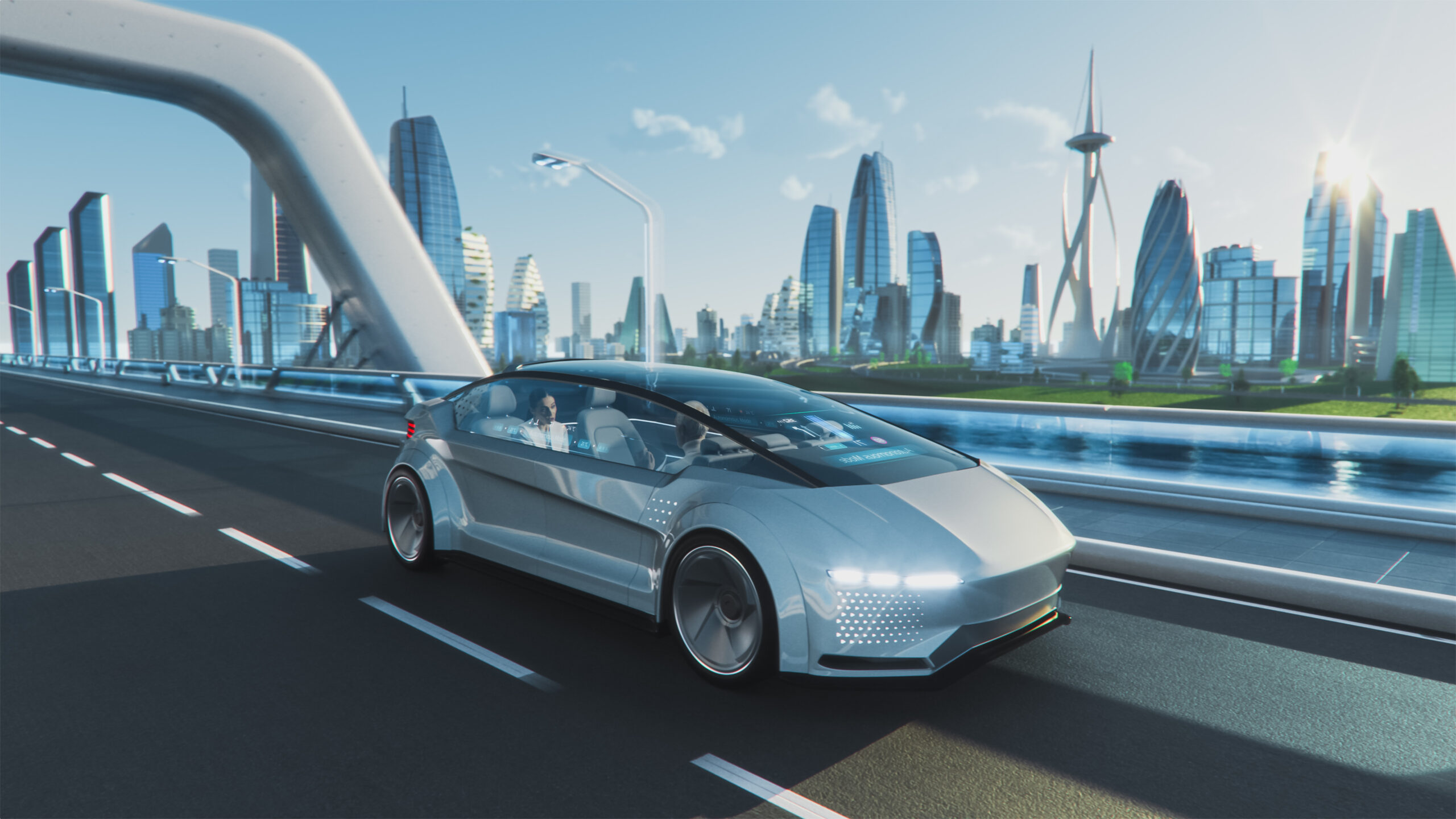- NASA’s betting on Mars exploration from the air, using a design inspired by nature
- Flying in a super-thin atmosphere takes hard work and careful design
- The Marsbees are bee-ing tested now
NASA’s Mars rovers were a huge success, allowing us to explore the Red Planet as never before. You’re probably familiar with Spirit, Opportunity, and Curiosity, the wheeled research vehicles that carry an array of specialised equipment and cameras to look for signs of life and analyse Martian geology and climate. They’ve given us stunning pictures and incredible science – and they’ve been helping researchers back on Earth for years, now. Curiosity, for instance, has travelled more than 18 km since it landed on August 6, 2012, and it’s still hard at work. And while that may not sound like much ground to cover in nearly six years, Curiosity’s 50.8 cm wheels and advanced suspension are really struggling with the rough Martian surface.
NASA wants to continue its unmanned exploration, and it’s turning to creative solutions to these mobility problems. The scientists and engineers at NASA’s Innovative Advanced Concepts (NIAC) know, for instance, that the rocky Martian regolith is hell on a rover’s wheels, and getting stuck or disabled is a real threat. So they’re thinking outside the box and working on tiny flying robots they call “Marsbees”, a design inspired by nature.
NASA’s betting on Mars exploration from the air, using a design inspired by nature
Combining expertise from the US and Japan, the joint initiative is led by Dr Chang-kwon Kang from the University of Alabama. He’s drawing on the success of Yanghai Nan’s “hummingbird micro air vehicle”, a tiny robot that flies by flapping its wings much like the frenetic bird. Nan’s design was chosen as the basis for this new initiative because it can deal with the harsh conditions on the Red Planet and allow faster, more efficient exploration.
Take a look at Nan’s original concept:
https://www.youtube.com/watch?v=aWeUPiz2pt4
Flying in a super-thin atmosphere takes hard work and careful design
But the atmosphere on Mars is really thin. In fact, it’s approximately 100 times less dense than here on Earth at sea-level, and that doesn’t make flying easy. So, the first problem Kang’s team needs to deal with is creating enough lift to keep a flying robot in the air. The solution is to design a tiny drone with oversized wings, reducing weight while increasing its capacity for lift. As Kang explains, “Our preliminary numerical results suggest that a bumblebee with a cicada wing can generate sufficient lift to hover in the Martian atmosphere.” With these relatively huge insect-like wings beating quickly, the team is pretty sure they can get the Marsbees flying in the thin Martian atmosphere, with the right tweaks, of course. And flying solves the rovers’ mobility problems; by taking to the skies, these tiny bots could cover a lot of ground, really quickly.

If the NASA team can work out all the kinks, a swarm of these Marsbees would be sent to Mars in a lander that they’d use as a headquarters for recharging, data processing, and the transmission of their findings back to Mission Control. Their light weight would cut down costs, especially when compared to the 899 kg Curiosity rover, and because there’d be so many of the tiny drones, losing one or two wouldn’t be that big a deal. That increases what scientists call ‘robustness’, allowing for mistakes and disasters without crippling the mission. They can also work together to accomplish more complicated missions, a clear advantage of swarm tech.
The Marsbees are bee-ing tested now
Right now, Kang’s team is doing the hard math to calculate the details of Marsbee flight. But soon, they plan to use a vacuum chamber to simulate the ultra-thin Martian atmosphere and test their design’s flight worthiness. In Phase 2 of the testing, they want to assess the drones’ “maneuverability, wind gust rejection, take-off/landing, power implications, remote sensing, and mission optimization”.
These Marsbees are still a long way from a trip to explore the Red Planet, but we’re pretty sure that something like them will make that journey relatively soon. The advantages of a swarm of flying drones are just too obvious to miss, and if we want to jump-start our exploration of other planets and moons, it’s time to look for alternatives to wheeled rovers.




